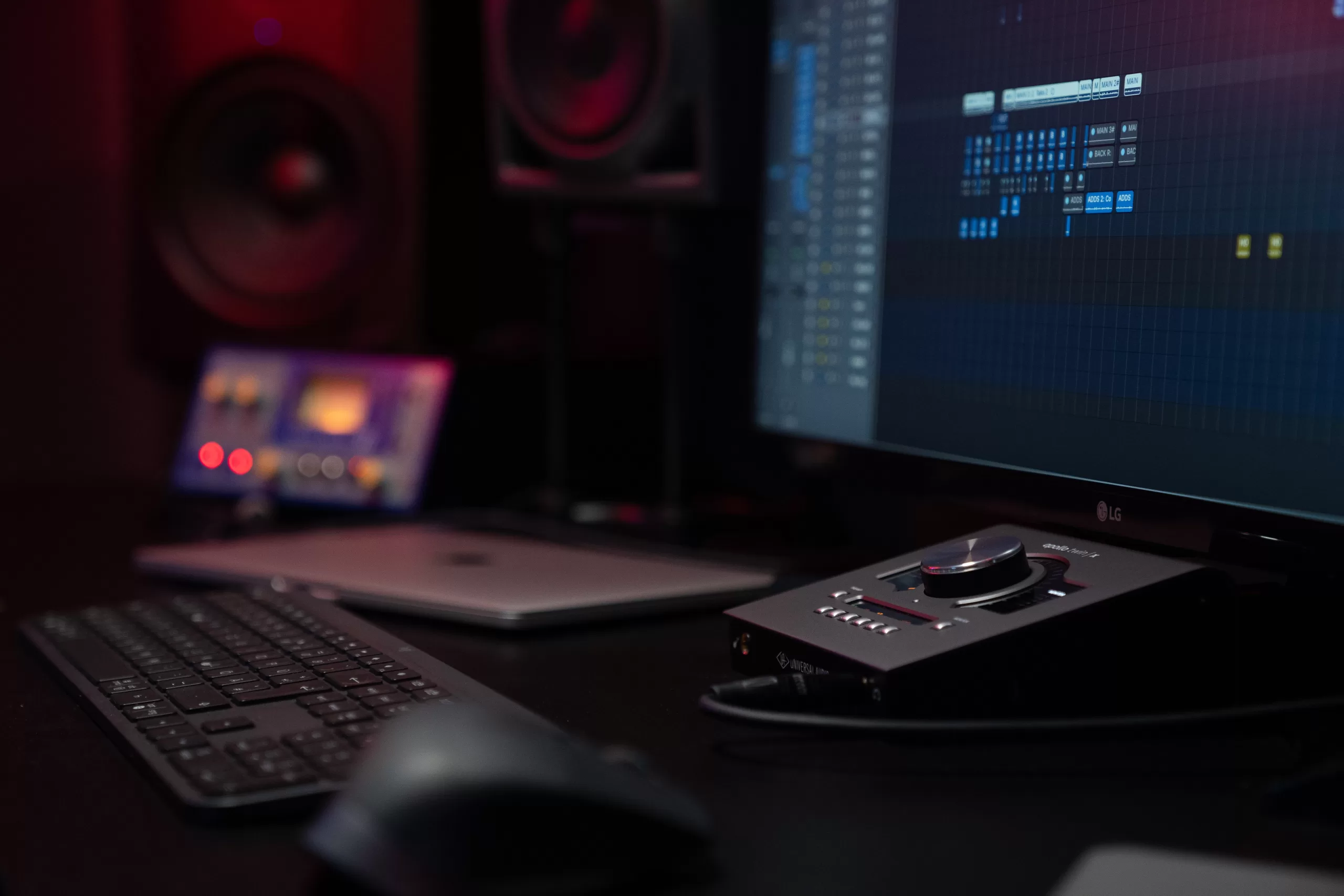
Mastering is the final step in the music production process and involves refining and polishing a track to create a polished and professional-sounding final product. While mastering can be a complex and technical process, it’s an essential part of creating a high-quality track that is ready for release. In this article, we’ll go over the role of mastering in the music production process and some tips for mastering your own tracks.
- What is mastering?
Mastering is the process of refining and polishing a track to create a cohesive and professional-sounding final product. It involves a range of techniques and processes, including EQ, compression, limiting, and stereo enhancement, and is typically the final step in the music production process. The goal of mastering is to create a track that is sonically balanced, sounds good on a variety of playback systems, and is ready for release.
- Why is mastering important?
Mastering is important for a number of reasons. First and foremost, it helps to create a cohesive and professional-sounding final product. By applying mastering techniques, you can ensure that your track sounds balanced and polished, with a consistent volume level and a clear and defined stereo image. In addition, mastering helps to prepare your track for release, as it ensures that it meets industry standards and will sound good on a variety of playback systems.
- What to consider when mastering
There are several things to consider when mastering a track. One of the most important is the overall loudness of the track. While it’s tempting to make your track as loud as possible, it’s important to strike a balance between loudness and dynamic range. A track that is too loud can sound distorted and fatiguing, while a track that is too quiet may not stand out in a mix. It’s important to find a balance that allows your track to stand out without sacrificing sound quality.
Another important consideration when mastering is the frequency balance of the track. It’s important to ensure that the different elements of the mix are balanced in the frequency spectrum, with no individual element dominating too much. This can involve applying EQ to balance the levels of different elements, such as the bass, mid-range, and highs.
Finally, it’s important to consider the stereo image of the track when mastering. This involves ensuring that the track has a clear and defined stereo image, with elements such as the vocals and lead instruments placed in the center of the mix and the backing instruments placed in the left and right channels.
- Tips for mastering your own tracks
If you’re looking to master your own tracks, there are a few tips to keep in mind. First and foremost, it’s important to make sure that you have a good starting point. This means ensuring that your mix is as polished and balanced as possible before you begin the mastering process. This can involve applying EQ, compression, and other techniques to shape the sound of your mix.
It’s also important to use high-quality mastering tools and equipment. This can include software plugins such as EQs, compressors, and limiters, as well as hardware processors such as outboard EQs and compressors. Using high-quality tools can help to ensure that your mastering process is as effective as possible.
Another tip for mastering your own tracks is to use reference tracks. A reference track is a professionally mastered song in a similar genre that you can use as a benchmark for your own track. By referencing a track that you know sounds good, you can get a sense of how your track compares and make adjustments as needed.
Finally, it’s important to take breaks and listen to your track on a variety of playback systems. Mastering can be a time-consuming and detail
